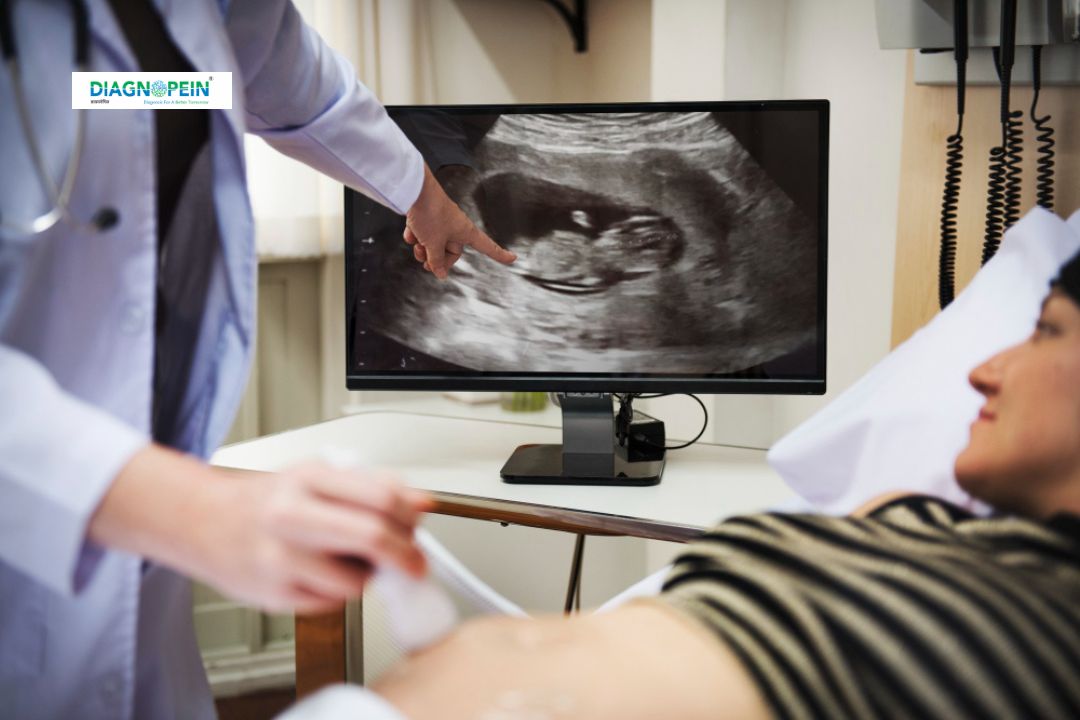Why USG Anomaly Scan is Important
The USG Anomaly Scan is vital for understanding your baby’s growth, health, and formation during mid-pregnancy. It helps doctors detect:
-
Structural malformations in organs or bones
-
Neural tube defects such as spina bifida
-
Heart abnormalities or blood flow irregularities
-
Placenta position, amniotic fluid levels, and fetal movement
-
Twin or multiple pregnancies, and growth monitoring
By identifying potential congenital anomalies early, this scan allows timely intervention or medical counseling. It reassures parents about fetal well-being and assists in planning safe delivery and prenatal management.
The Anomaly Ultrasound also helps estimate the baby’s gender in countries where it is legally permitted, though in India, gender determination is strictly prohibited by law.
Benefits of USG Anomaly Scan
The Anomaly Scan during Pregnancy offers several key benefits for expecting mothers and healthcare professionals:
-
Detailed Fetal Assessment: Provides critical images of fetal organs and structures.
-
Early Detection: Identifies abnormalities early, allowing better clinical management.
-
Placental & Fluid Evaluation: Determines placenta location and amniotic fluid quantity.
-
Pregnancy Monitoring: Tracks fetal growth parameters and development milestones.
-
Non-invasive and Safe: Uses sound waves, making it completely safe for mother and baby.
Regular USG Anomaly Scanning can also reduce anxiety for parents while enabling doctors to plan necessary prenatal or postnatal care if any concerns arise.
How the USG Anomaly Scan is Performed
The Anomaly Scan Test Procedure is simple, safe, and painless. It typically takes around 30 to 45 minutes and involves the following steps:
-
The patient lies on the examination couch with the abdomen exposed.
-
A USG gel is applied to help conduct sound waves effectively.
-
A transducer probe is moved across the abdomen, capturing fetal images.
-
The sonographer examines all major organs, limbs, and measurements.
-
The findings are documented in a detailed USG Anomaly Report, which your doctor reviews.
No special preparation is needed, but having a moderately full bladder can improve imaging clarity during early pregnancy scans. The Anomaly Ultrasound Test requires a certified technician or radiologist for accurate assessment.
Parameters Checked During USG Anomaly Scan
During a Level 2 USG Scan, doctors evaluate various fetal and maternal parameters, including:
-
Fetal head (Biparietal Diameter – BPD) and head circumference
-
Abdominal circumference (AC)
-
Femur length (FL)
-
Cardiac activity and heart chambers
-
Placenta structure and location
-
Amniotic fluid index (AFI)
-
Cervical length and uterine measurements
Each parameter helps assess whether the fetus is developing normally and if the environment supports healthy growth.









